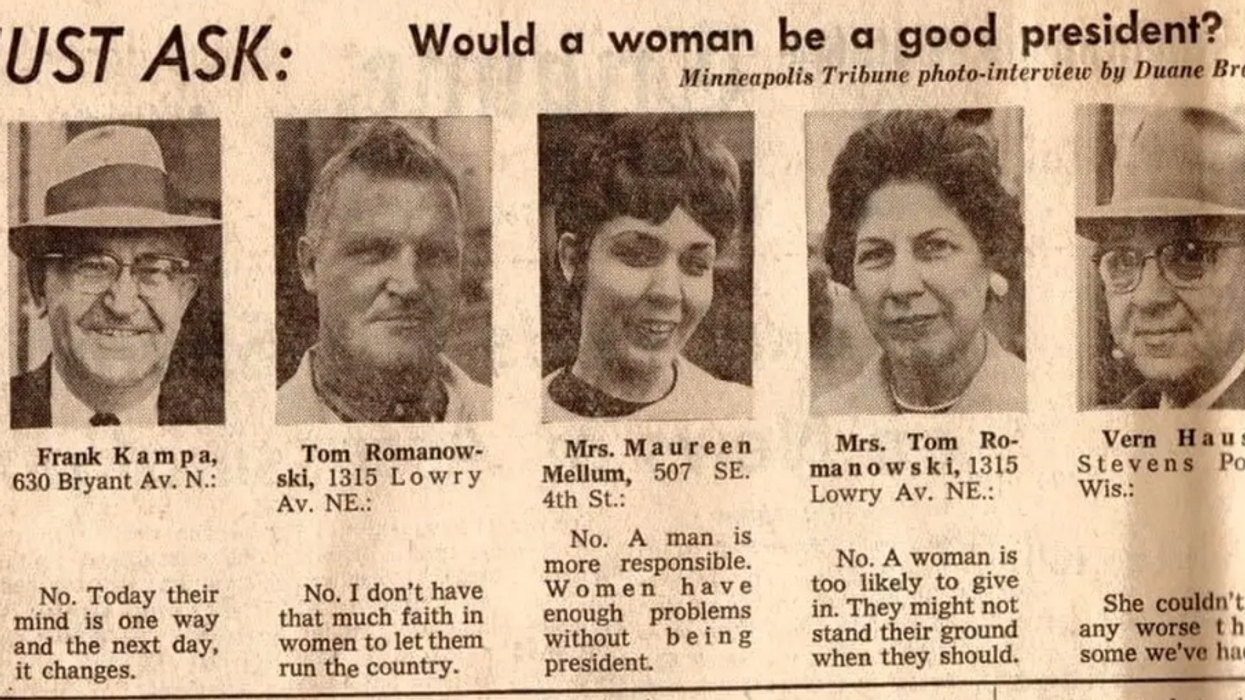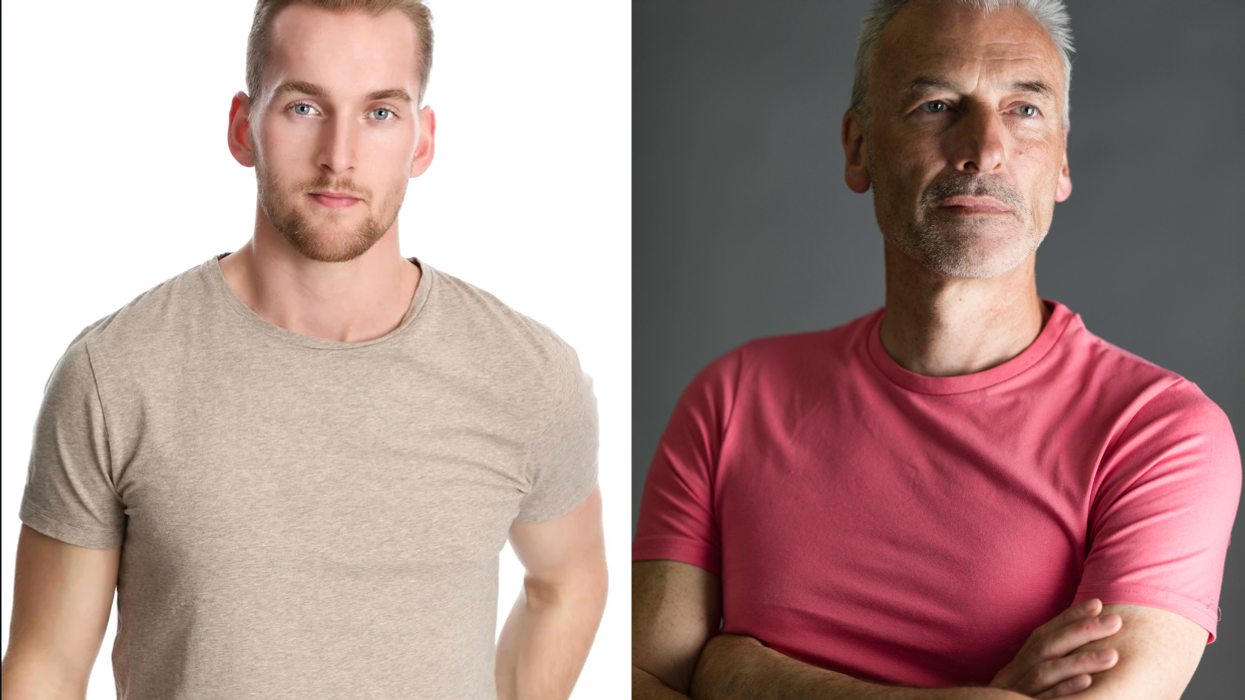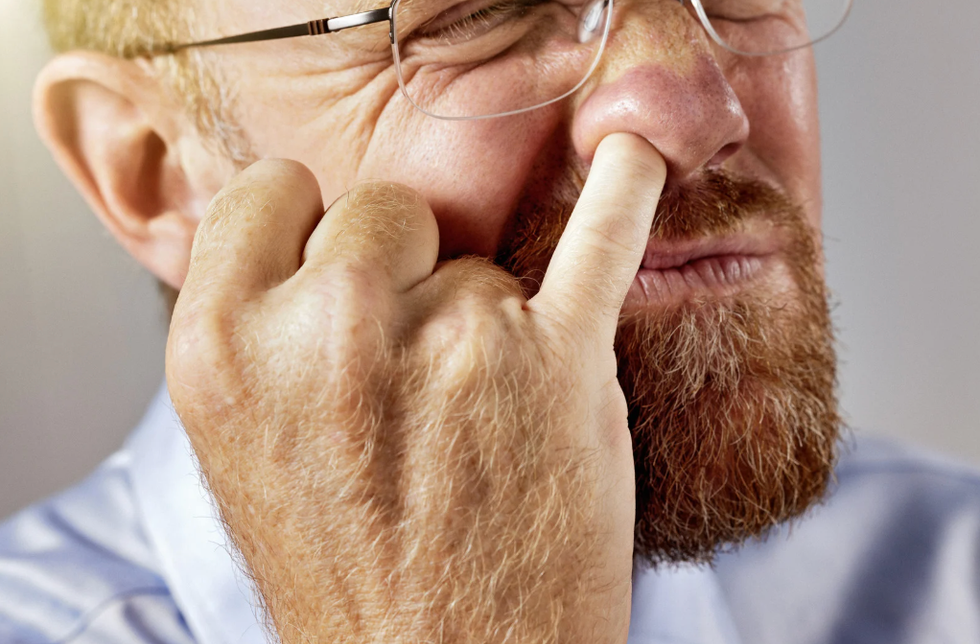I’ve seen it countless times driving from Calabasas to Los Angeles on Highway 101—a sign that reads “HMI, College of Hypnotherapy” right before an exit for Tarzana. For years, I wanted to take that exit. This past fall, I finally did. The self-hypnosis class I took was not only one of the most relaxing Wednesday nights I’ve had in recent memory, but it got me thinking about using self-hypnosis as a supercharged version of meditation. Looking at it that way, could we hypnotize ourselves into changing the way we think, and in turn, the way we act on our goals? GOOD spoke with seasoned hypnotherapist and HMI instructor John Melton about just that.
Are there instances in which self-hypnosis can be more effective than meditation?
I would say that oftentimes they have a different purpose—especially for people who are more in their heads or thinkers. To put it in simple terms, self-hypnosis tends to work better for them because they have a hard time shutting off their minds and engaging in meditation. They find it more difficult. Because self-hypnosis is a self-directed state where they’re actually guiding it and in their head thinking, it tends to work better for that type of person. Some people are using meditation for managing stress or trying to clear their mind, and self-hypnosis is very similar, but we’re attempting to put information in, if you will, and create change through that information. Whether it’s a thought or a feeling or an imagination of a change the person wants.
What myths still surround hypnosis that you’d like to dispel?
People have a fear of losing control. Obviously, with self-hypnosis that’s not as present because they’re doing it themselves. Still, there are thoughts that they’re going to reveal something they don’t want to reveal or that they might get stuck in this state. But again, hypnosis is a natural state. We all experience it. It’s really not so much a question of ‘Can someone be hypnotized?’ It’s more a matter of if you can use it as a therapeutic tool or not—that’s really the only question. So, the big myths are that they watch a stage show and they think someone is being controlled, but that’s really an illusion. You can’t make someone do something they don’t want to do, that’s the bottom line.
It’s interesting when you put it that way, because none of us are afraid of zoning out in traffic, not realizing that is a state of hypnosis.
That’s true. Because we are not not present, if you will, it’s just that our critical thinking is focused on something else for a moment. But your mind is still taking in the surroundings, and if something happens in front of you, you snap into it right away. In your car, you don’t have to think about making certain turns that you make everyday to your home or your work because it becomes unconscious. When we go to sleep at night, we go right through this state. It’s a natural process between fully awake and present to a fully unconscious state. We experience it when we go to a movie and suspend reality. We know it’s not real, so we go in with an intention to be entertained, to allow ourselves to be receptive to the information. If we went to a movie and kept telling ourselves ‘this isn’t real, these are just actors,’ it’d ruin the whole experience. So, again, hypnosis is what I like to refer to as a consent state, meaning you have to want to be hypnotized. When we’re talking about using it as a therapeutic tool, that is an important part of it.
You’ve talked about stage hypnotists being trained to find the right people in an audience to create the illusion of hypnosis being mind control. Who are these people and how do they spot them?
Well, we have a term called suggestibility, and there are different types of suggestibility. There is a suggestibility type that we refer to as a somnambulist. If you looked it up in the dictionary, it’d probably talk about sleepwalking. But in terms of hypnosis, a somnambulist is a certain type of person who processes information in a certain manner. These are the people you can quickly hypnotize if they want to be. But even these people can’t be controlled. If you watch any stage show, the person will pull up people they feel are probably a somnambulist and then they peel off a few of them who just don’t want to be there and aren’t really following.
[quote position="left" is_quote="true"]These are the people you can quickly hypnotize if they want to be.[/quote]
The thing about this type of person is that they can be taken into a deep hypnotic state quickly. And one of the aspects of depth is that when you wake up from depth, there’s a tendency to forget what you’re doing or what you did, much like waking up from a dream. And when you’re in that deep state, there’s a tendency to disconnect from your inhibitions. So you’ll do things that you might not otherwise do to a degree. In other words, you wouldn’t be as embarrassed to act like you’re a silly alien or something. And in the moment, the person knows exactly what they’re doing, they just don’t feel restricted in doing it because of the dissociative state they’ve created. When they wake up, they forget they did it because of the state and it creates this illusion of control that doesn’t really exist.
Can we use self-hypnosis to achieve our New Year’s resolutions, and if so, in what ways?
Certainly, it’s a tool that can be helpful for the average things people often want to gain greater control over. There are complexities that come into play sometimes when you’re talking about someone trying to quit smoking versus trying to eat more healthfully. For instance, food is something you have to control. You can’t stop it like smoking. But to improve your confidence, feel better about getting to the gym more often, or to eliminate or reduce your consumption of sweets—this is where it can be very helpful.
For someone who’s interested in practicing self-hypnosis but not sure where to start, what advice do you have?
It really depends on what they’re trying to learn. At the institute here, we have a large website with lots of information and videos, so that could be a place to start. With the internet, there’s a lot of information out there, and some of it is better than others. You can Google the American Hypnosis Association, as there’s some good information there. I would look at studies if you’re interested in the science behind it and how it works.
Hypnosis is all about results, about creating change. It’s a tool of not just analysis, but also action. In a world that I think is becoming more aware and more focused on natural ways of being healthy to ourselves, the people around us, and the planet, I think this is a naturally good tool to help people in that regard. I think it fits beautifully.
This interview was edited for length and clarity.


















 Robin Williams performs for military men and women as part of a United Service Organization (USO) show on board Camp Phoenix in December 2007
Robin Williams performs for military men and women as part of a United Service Organization (USO) show on board Camp Phoenix in December 2007 Gif of Robin Williams via
Gif of Robin Williams via 
 A woman conducts a online color testCanva
A woman conducts a online color testCanva A selection of color swatchesCanva
A selection of color swatchesCanva A young boy takes a color examCanva
A young boy takes a color examCanva 

 Pictured: A healthy practice?
Pictured: A healthy practice?
Will your current friends still be with you after seven years?
Professor shares how many years a friendship must last before it'll become lifelong
Think of your best friend. How long have you known them? Growing up, children make friends and say they’ll be best friends forever. That’s where “BFF” came from, for crying out loud. But is the concept of the lifelong friend real? If so, how many years of friendship will have to bloom before a friendship goes the distance? Well, a Dutch study may have the answer to that last question.
Sociologist Gerald Mollenhorst and his team in the Netherlands did extensive research on friendships and made some interesting findings in his surveys and studies. Mollenhorst found that over half of your friendships will “shed” within seven years. However, the relationships that go past the seven-year mark tend to last. This led to the prevailing theory that most friendships lasting more than seven years would endure throughout a person’s lifetime.
In Mollenhorst’s findings, lifelong friendships seem to come down to one thing: reciprocal effort. The primary reason so many friendships form and fade within seven-year cycles has much to do with a person’s ages and life stages. A lot of people lose touch with elementary and high school friends because so many leave home to attend college. Work friends change when someone gets promoted or finds a better job in a different state. Some friends get married and have children, reducing one-on-one time together, and thus a friendship fades. It’s easy to lose friends, but naturally harder to keep them when you’re no longer in proximity.
Some people on Reddit even wonder if lifelong friendships are actually real or just a romanticized thought nowadays. However, older commenters showed that lifelong friendship is still possible:
“I met my friend on the first day of kindergarten. Maybe not the very first day, but within the first week. We were texting each other stupid memes just yesterday. This year we’ll both celebrate our 58th birthdays.”
“My oldest friend and I met when she was just 5 and I was 9. Next-door neighbors. We're now both over 60 and still talk weekly and visit at least twice a year.”
“I’m 55. I’ve just spent a weekend with friends I met 24 and 32 years ago respectively. I’m also still in touch with my penpal in the States. I was 15 when we started writing to each other.”
“My friends (3 of them) go back to my college days in my 20’s that I still talk to a minimum of once a week. I'm in my early 60s now.”
“We ebb and flow. Sometimes many years will pass as we go through different things and phases. Nobody gets buttsore if we aren’t in touch all the time. In our 50s we don’t try and argue or be petty like we did before. But I love them. I don’t need a weekly lunch to know that. I could make a call right now if I needed something. Same with them.”
Maintaining a friendship for life is never guaranteed, but there are ways, psychotherapists say, that can make a friendship last. It’s not easy, but for a friendship to last, both participants need to make room for patience and place greater weight on their similarities than on the differences that may develop over time. Along with that, it’s helpful to be tolerant of large distances and gaps of time between visits, too. It’s not easy, and it requires both people involved to be equally invested to keep the friendship alive and from becoming stagnant.
As tough as it sounds, it is still possible. You may be a fortunate person who can name several friends you’ve kept for over seven years or over seventy years. But if you’re not, every new friendship you make has the same chance and potential of being lifelong.